The 1960s in London were miniskirts, vibrant music, and a youthful energy that pulsed through the city streets. Frank Habicht, a young photographer from Germany, found himself right in the middle of this exciting scene. With his camera as his companion, he captured the essence of ‘Swinging London,’ giving us a glimpse into a time of cultural revolution and carefree spirit.
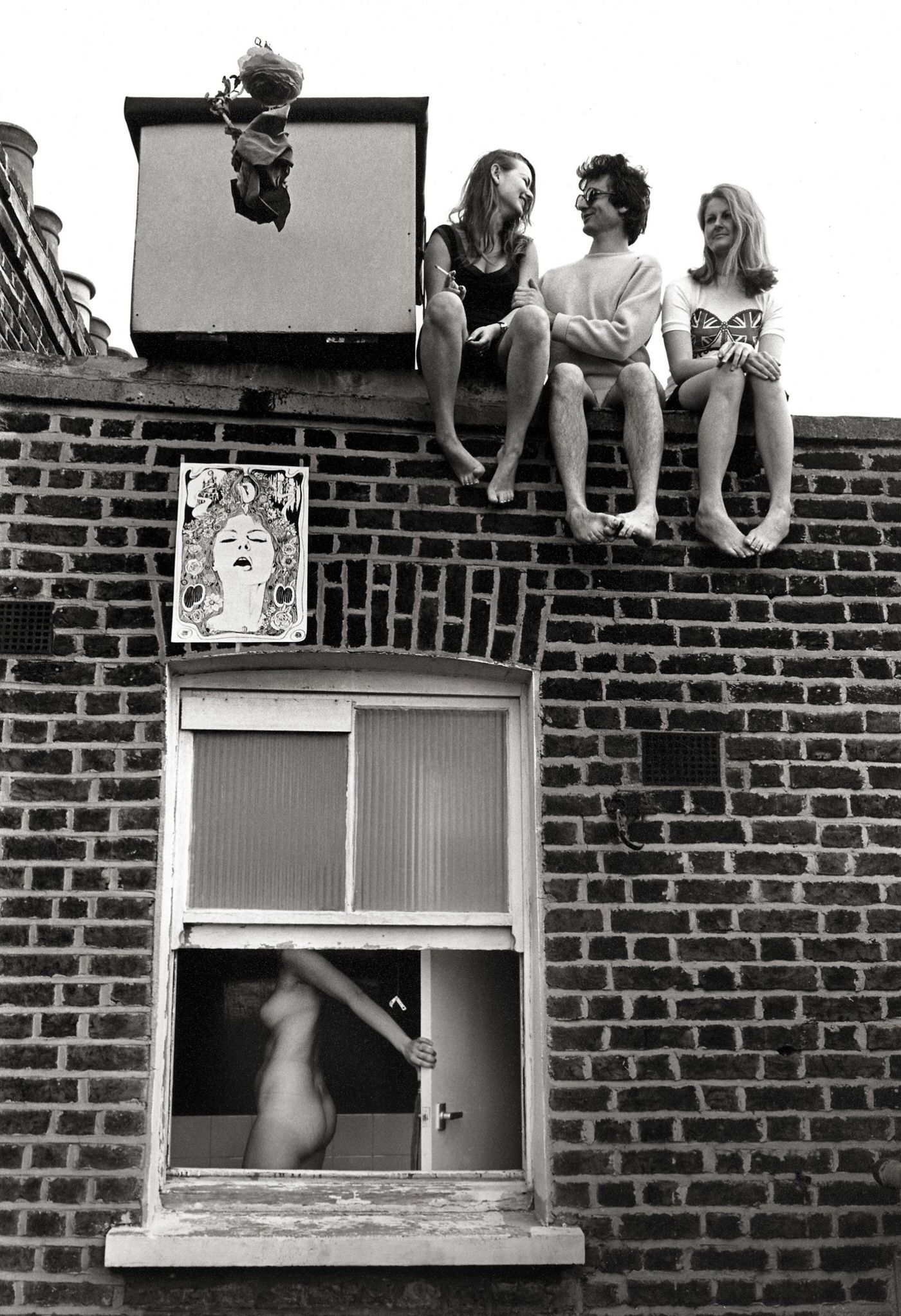
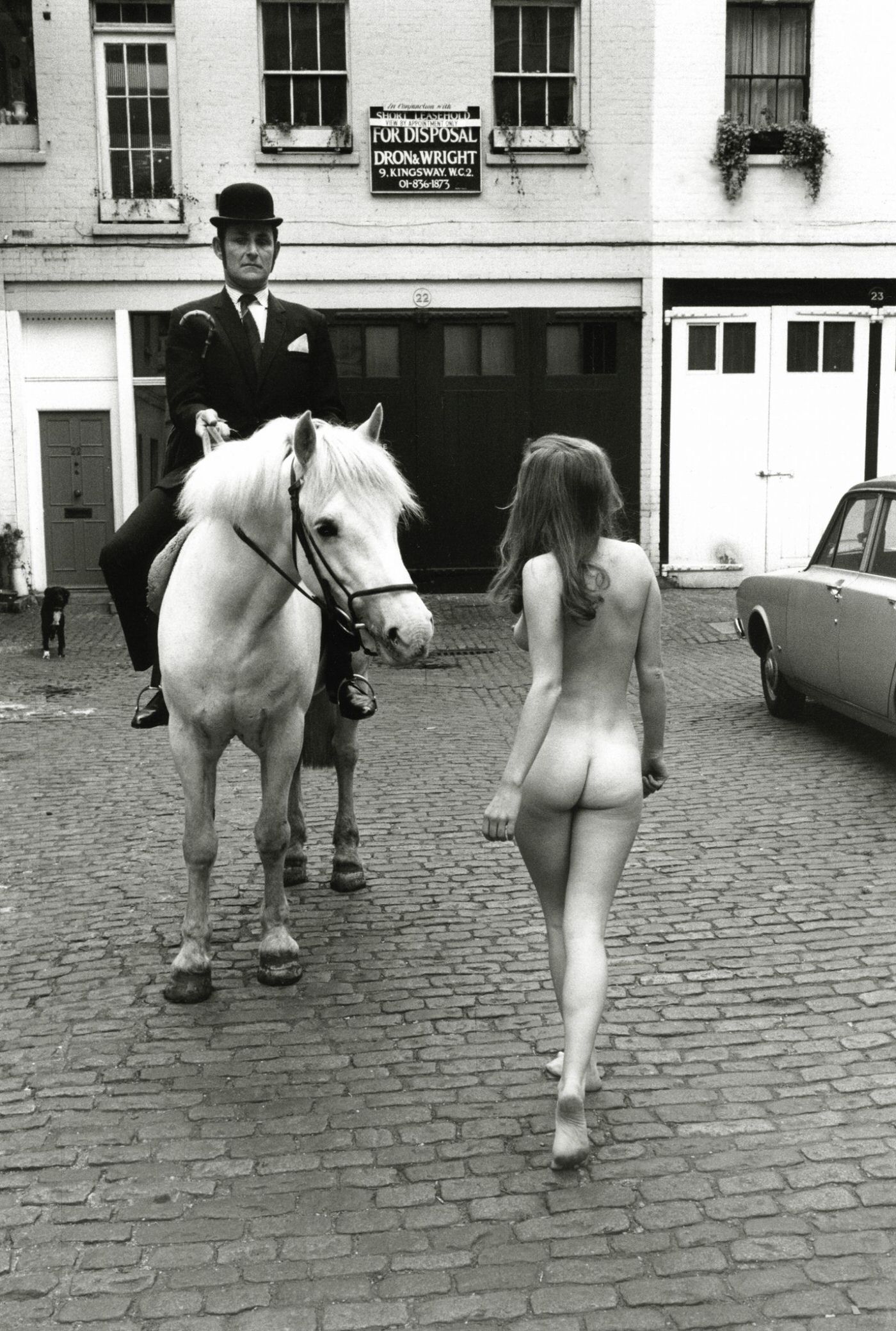
Born in Hamburg in 1938, he initially came to London as a student in the 1950s. However, his path took a creative turn when he enrolled at the Hamburg School of Photography in 1962. Armed with newfound skills and a passion for capturing moments, he returned to London, ready to document the city’s vibrant transformation.
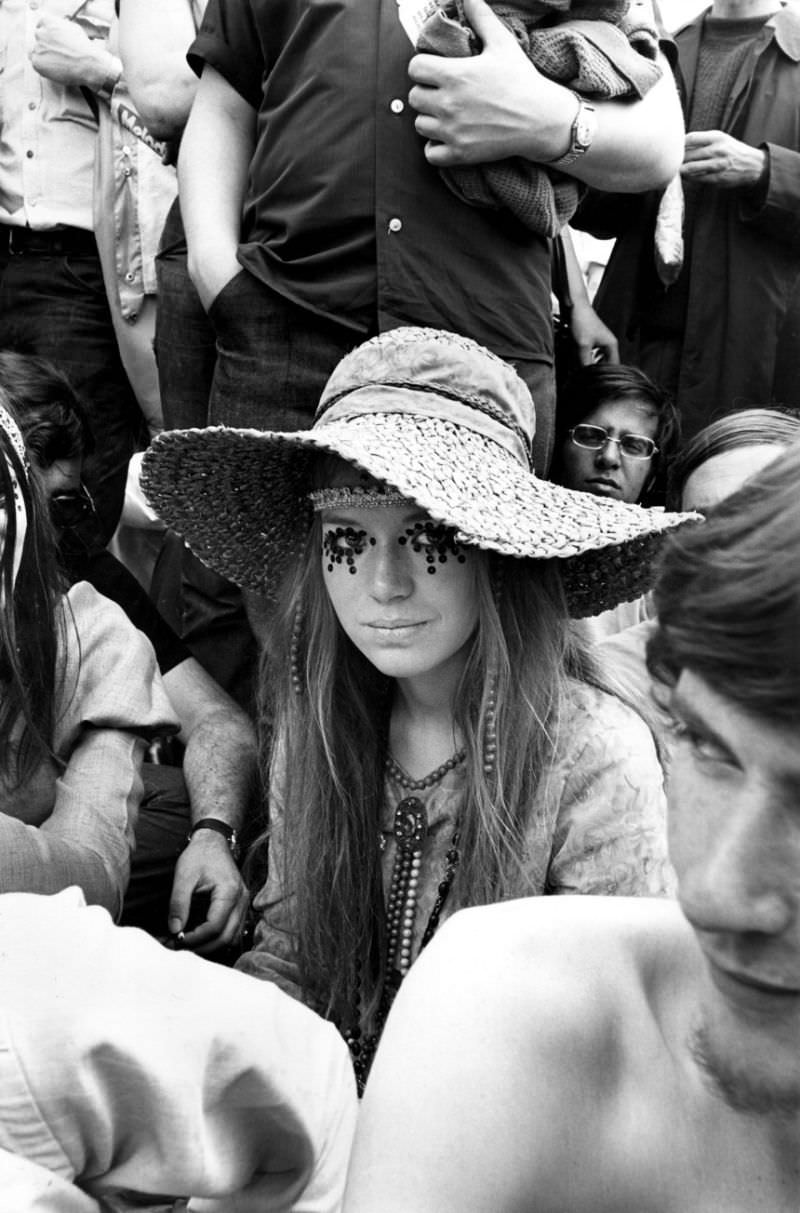
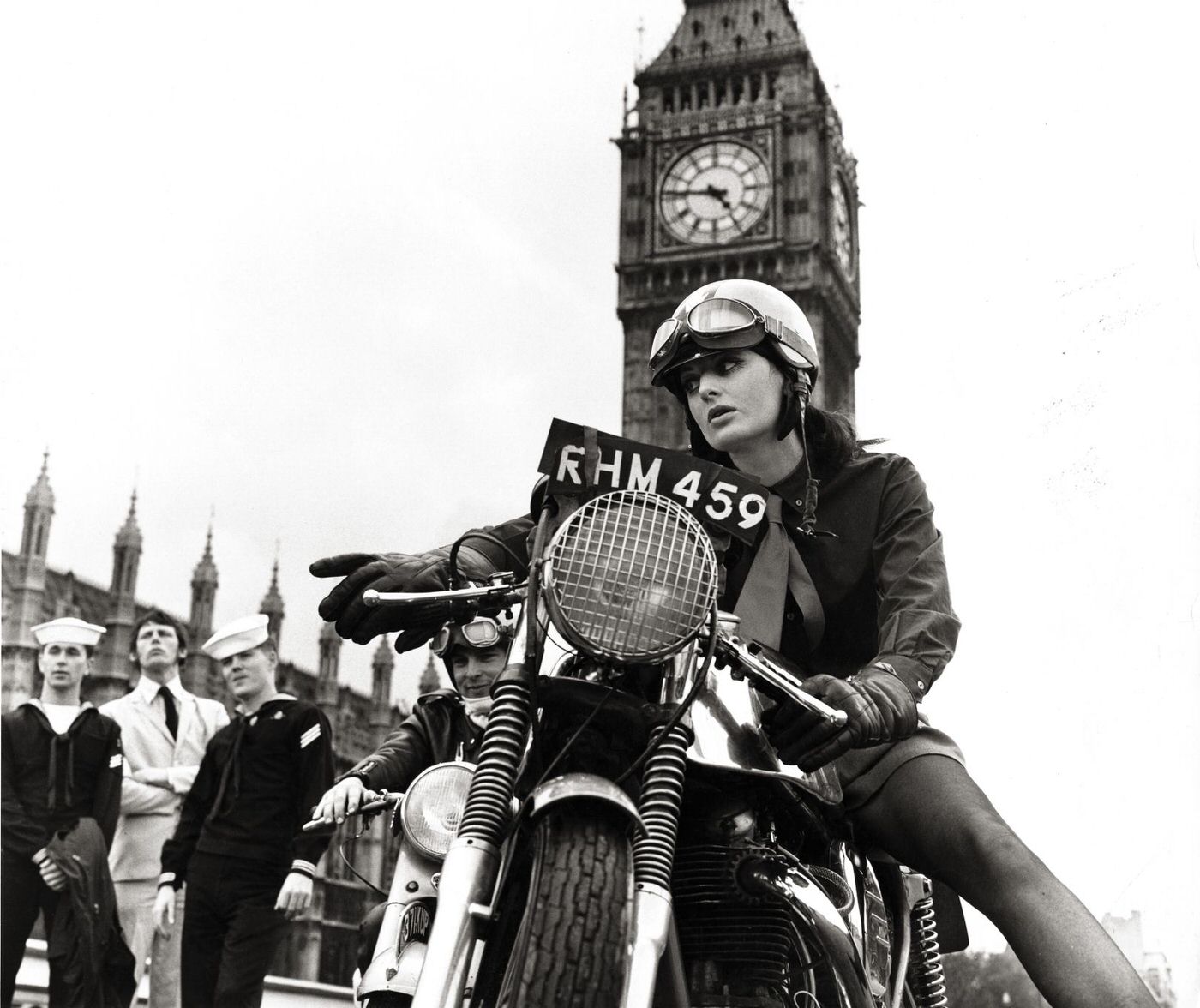
London in the 1960s was a melting pot of fashion, music, and art. The post-war gloom had lifted, and a new generation was eager to express themselves. Habicht’s lens became a window into this world, capturing the faces and places that defined the era. From the trendy boutiques of Carnaby Street to the iconic music venues, his photographs showcased the energy and diversity of Swinging London.
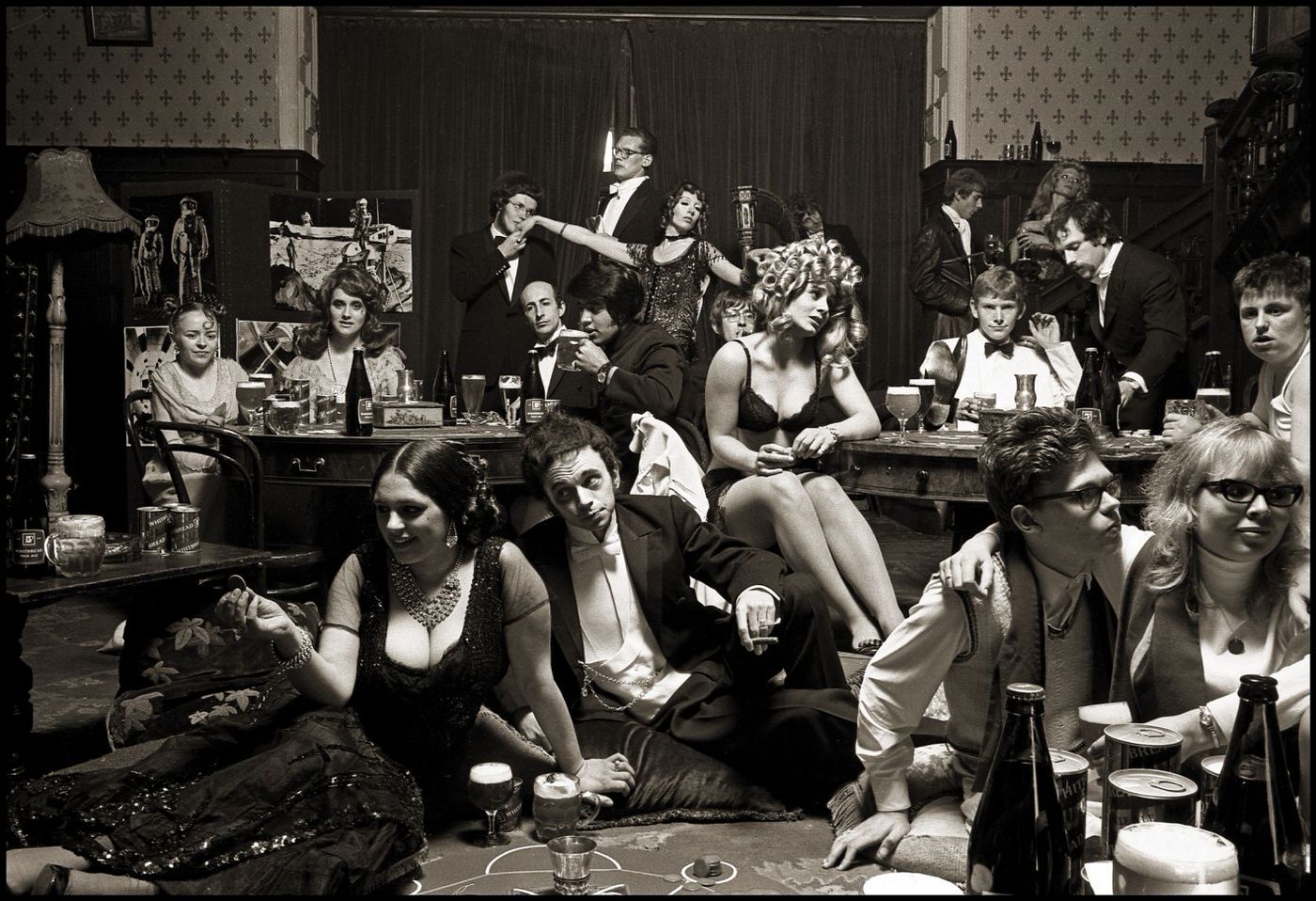
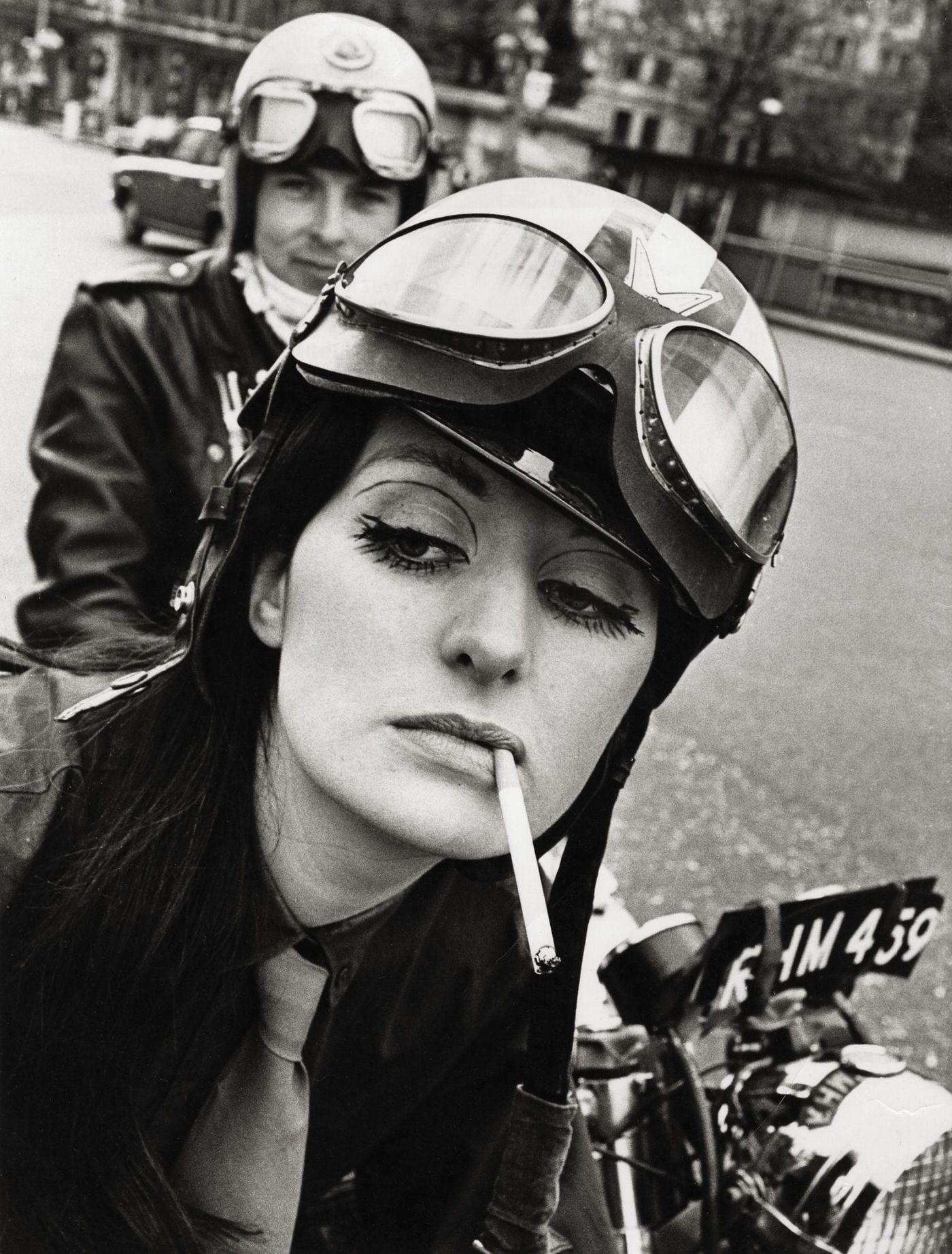
His work graced the pages of renowned magazines like “Camera Magazine,” “Twen,” and even the “Sunday Times.” He wasn’t just limited to still images; Habicht also found himself on film sets, working alongside famous directors like Roman Polanski and Bryan Forbes.
One of his most interesting gigs was as the house photographer for the London Playboy Club. This exclusive club, a symbol of the era’s liberated spirit, allowed Habicht to capture the glamorous side of Swinging London.
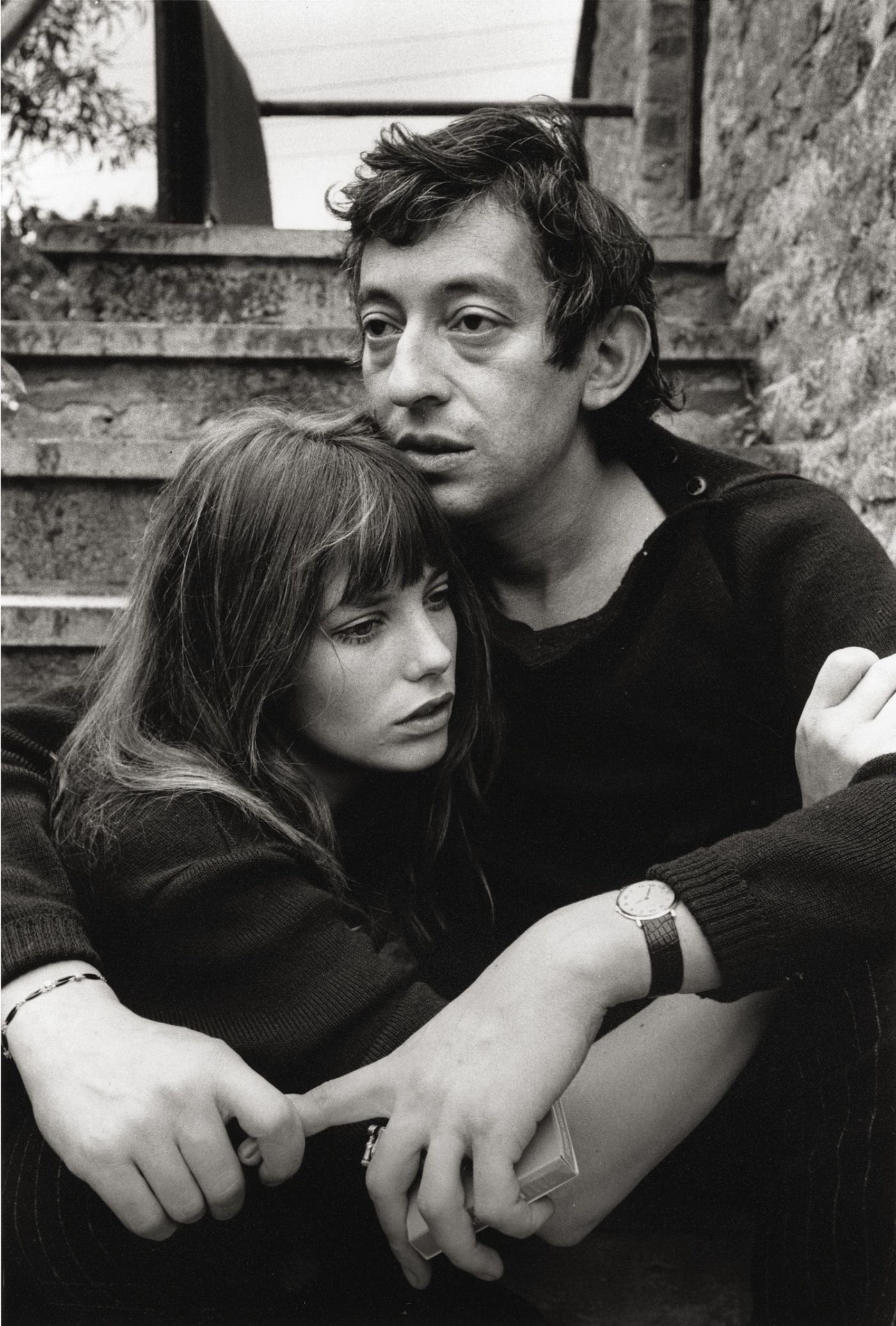
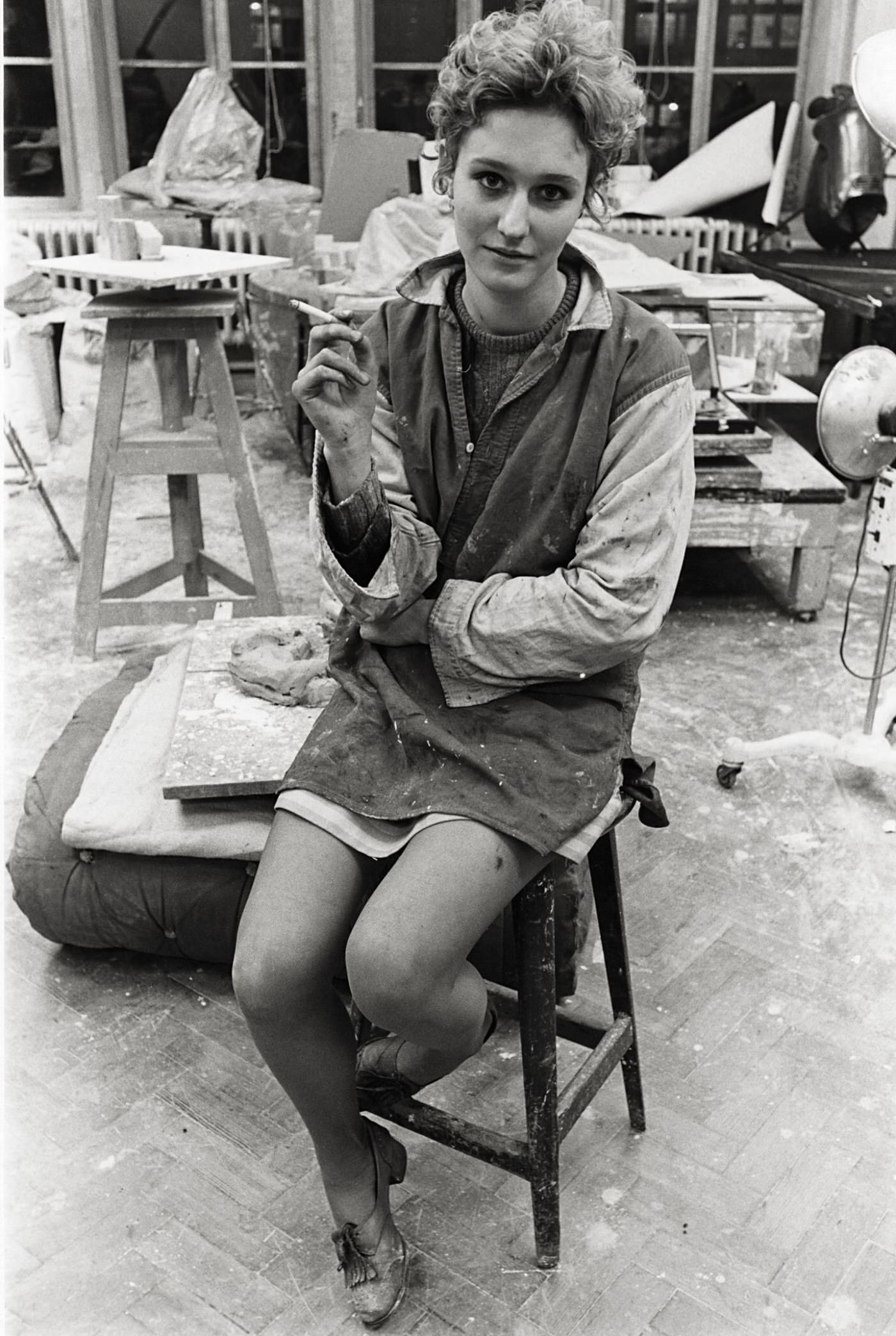
He had a knack for capturing everyday moments, the small details that truly reflected the spirit of the time. A group of friends laughing on a street corner, a young couple strolling through a park, a musician lost in the rhythm of his music – Habicht’s photographs immortalized these slices of life, reminding us that Swinging London wasn’t just about celebrities and fashion, but about the people who lived and breathed the city’s energy.
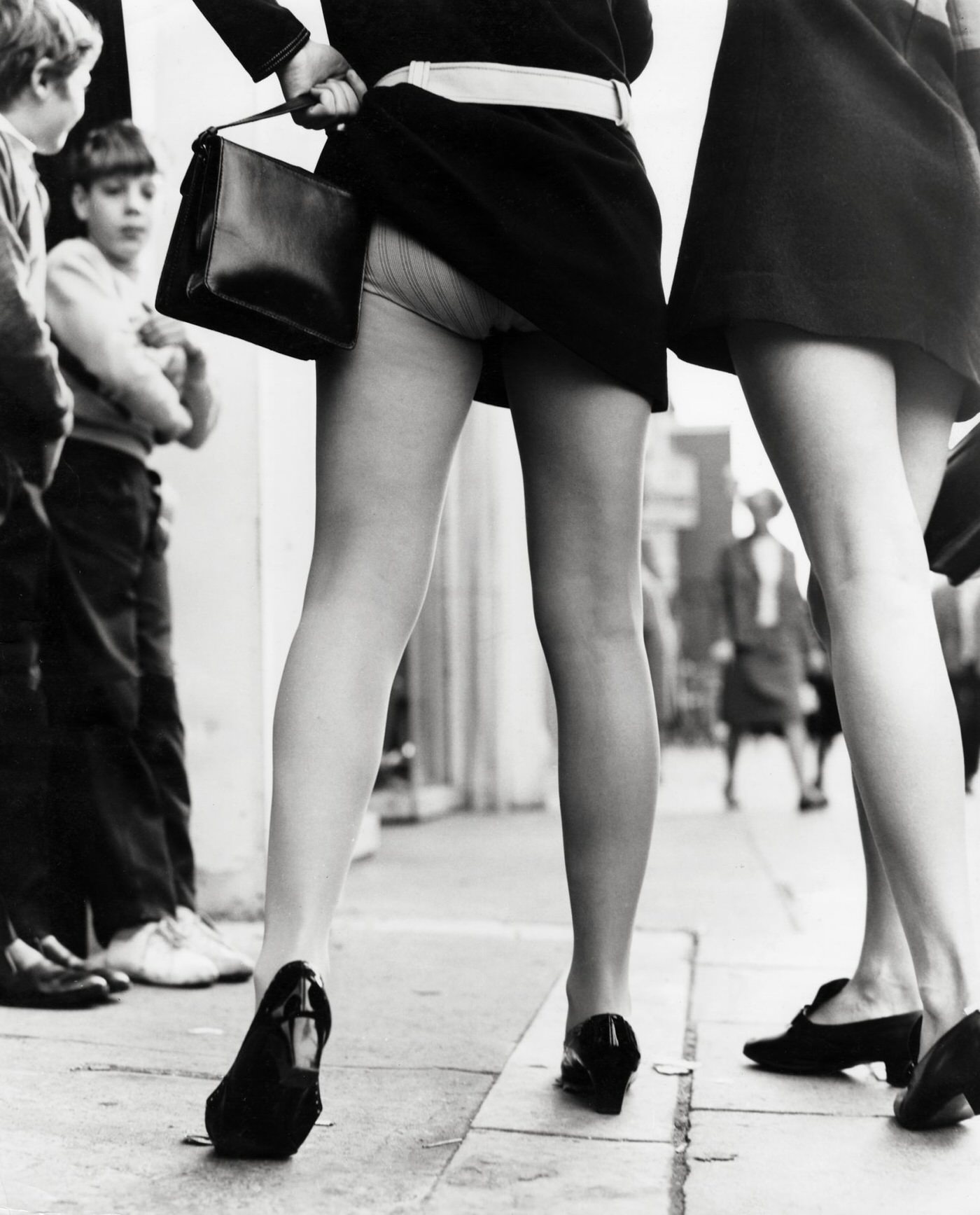
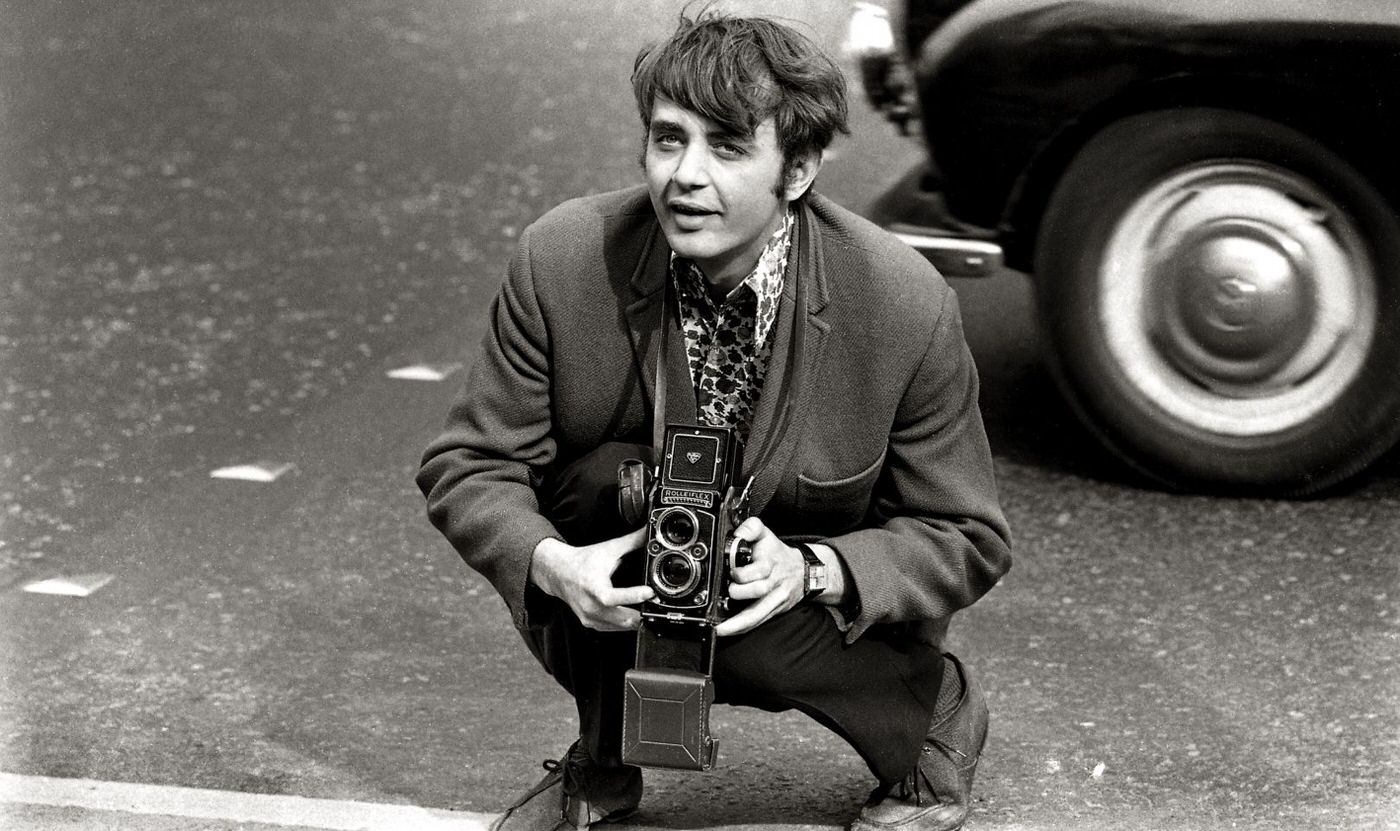
His work with the BBC music show “Top of the Pops” further solidified his connection to the music scene. Habicht’s images of iconic bands and artists like The Beatles and The Rolling Stones became visual records of a musical revolution.


